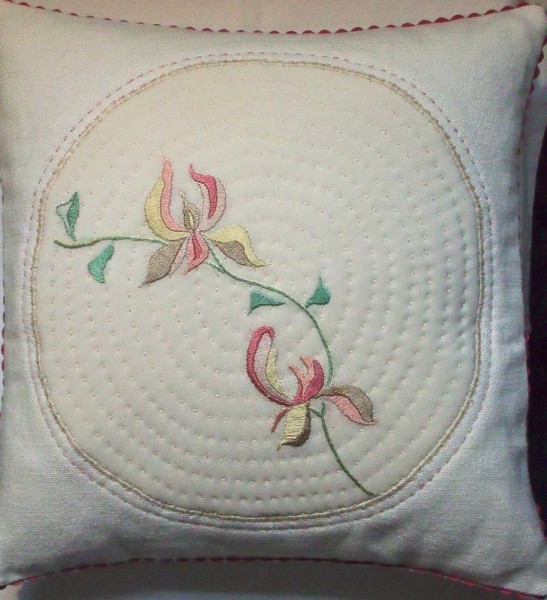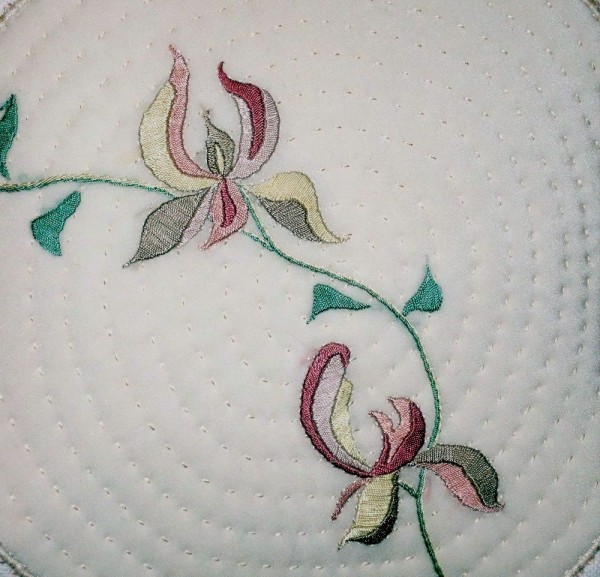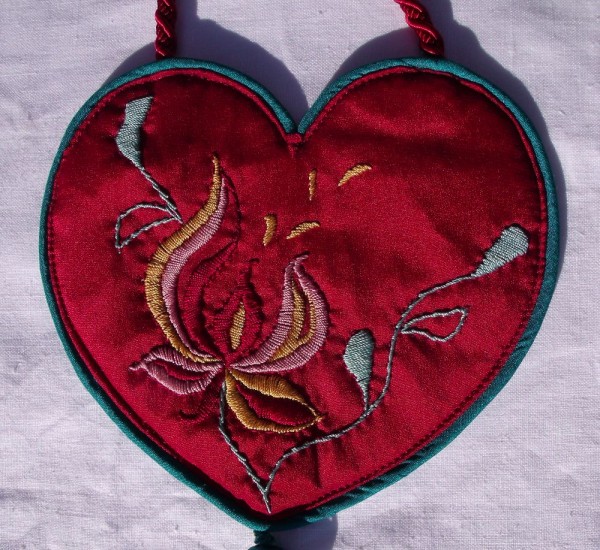By late March suburban gardens are usually coming into their spring finery and nothing is more splendid than the magnolia. Flowers the size of communion chalices stand proud on almost leafless boughs (deciduous magnolias flower before the leaves) and waxlike, almost to the point of the fake, they remind me of preserved specimens so adored by the Victorians, perfect under towering glass domes, caught for ever at the point of their glory. Well, Kew Gardens website says their magnolias are beginning to bloom but up here in the Chilterns our local trees are a long way behind. The only comfort to be drawn from the unseasonably cold weather is that the flowers should be even more gorgeous as the cold prevents the buds from swelling too soon. Hmm, I wonder if Kew have updated their information recently. There’s cold and there’s really cold – what about frost/snow nipping things in the bud. We shall see, fingers crossed.
There is something primeval looking about the magnolia so it’s not really surprising to discover it is one of the earth’s most ancient plants. It was also one of the first to be pollinated by insects and the flowerhead evolved in the way it has to encourage pollination by beetles which extraordinarily occurs while the flower is still in bud. Bees, the great garden pollinators of our day, were yet to appear on the scene. I suppose it is some comfort to consider that the magnolia will flower should bees disappear for ever, although, in such a case, perhaps conditions will mean the beetles will also have disappeared. Oh dear, let’s not think about that.
The other eye opening thing I’ve just discovered about the magnolia is that we shouldn’t really call the constituent parts of those great glossy, fleshy flowers petals but tepals. (Say it too often and people will think you have dental problems.) The perianth, or outer part of the flower, is made up of sepals (for the protection of the bud) and petals (to attract pollinators). When sepals and petals are undistinguishable, being of a similar shape, colour, etc. they are termed tepals and this is thought to be the common ancestral state for flowering plants. On the magnolia the inner tepals usually remain upright, the lower open out until they lie horizontally. Which is what my embroidered tepals sort of do. (My computer spell checker doesn’t like tepals either.)
The above embroideries are loosely based on magnolia flowers. The central panel of the white cushion is a piece of silk crêpe de chine which was embroidered in buttonhole silk. I wasn’t sure what to do with the panel at first until I decided to make it into a cushion as a present. I backed the crepe with wadding to give it more body and quilted it by hand. I then appliquéd the resulting circular panel on to linen union.
The red purse is also in crêpe de chine and buttonhole silk.



